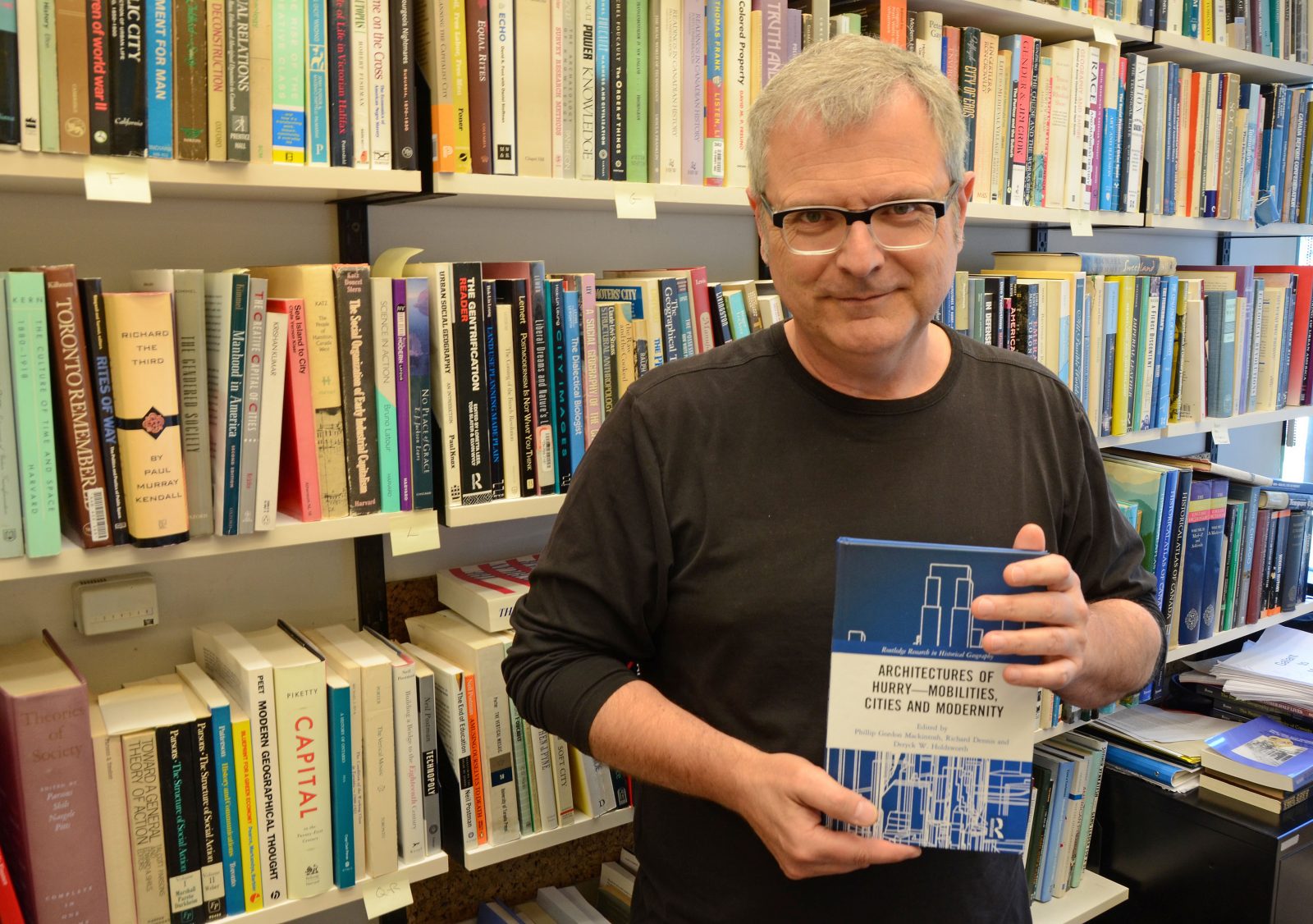This long weekend, three Geography and Tourism Studies students and Associate Professor, Dr. Ebru Ustundag, are off to the University of Montréal to participate in a feminist geography conference.
Co-organized by Dr. Ustundag, this two-day conference is hosted by the Canadian Women and Geography (CWAG) specialty group of the Canadian Association of Geographers (CAG) and the International Geographical Union (IGU) Commission on Gender and Geography.
The conference theme this year is Feminist Geographies in/during Troubled Times: Dialogues, Interventions and Praxis, a theme that fits well with the research interests of Geography and Tourism Studies students Jennica Giesbrecht, Katelyn Pierce, and Jennifer Williamson. All three will be presenting in sessions this Sunday, August 5.
Querying ‘the future of work’ 3: Rethinking Care and the future of work (Jennica Giesbrecht, Master of Arts in Geography Candidate; 1:30 – 3:00pm in room B-3245)
Bodies and Embodiments (Katelyn Pierce, Master of Arts in Geography Candidate; 10:45am – 12:15pm in room B-3255)
Spaces and Places 1: Cities (Jennifer Williamson, Bachelor of Arts in Geography Candidate; 1:30 – 3:00pm in room B-3255)
In addition to these presentations, Dr. Ustundag will be participating in and moderating three roundtable discussions:
- Geo-humanities, Intimate Narrations and Art Praxis 1: Conceptual Interventions (Roundtable participant; Sunday, 1:30 – 3:00pm in room B-3260)
- Geo-humanities, Intimate Narrations and Art Praxis 2: Dialogues on Art Praxis (Roundtable moderator; Sunday, 3:15 – 4:45pm in room B-3260)
- Dialogues in Feminist-Queer Geographies Panel (Roundtable organizer/moderator; Monday, 10:45am – 12:15pm in room B-3255)
The feminist geography conference precedes the 2018 International Geographical Union and Canadian Association of Geographers meetings, which will be held in Québec City from August 6-10.
For more information, please visit: https://feministgeography.org/.
/https://www.thestar.com/content/dam/thestar/opinion/contributors/2018/07/29/policy-makers-tune-out-torontos-human-roadkill/h3rgsoz3.jpg) Crossings at Maclennan Ave. were labelled death traps when this picture was taken in 1937. Traffic officers were stationed at the bottom and top of the hill to make sure schoolchildren crossed — or dashed across — safely. (EI SCAN)
Crossings at Maclennan Ave. were labelled death traps when this picture was taken in 1937. Traffic officers were stationed at the bottom and top of the hill to make sure schoolchildren crossed — or dashed across — safely. (EI SCAN)











